For 16 years, NASA’s trusty scope revealed a hidden infrared universe. Now it’s up to the James Webb Space Telescope to pick up where it left off.
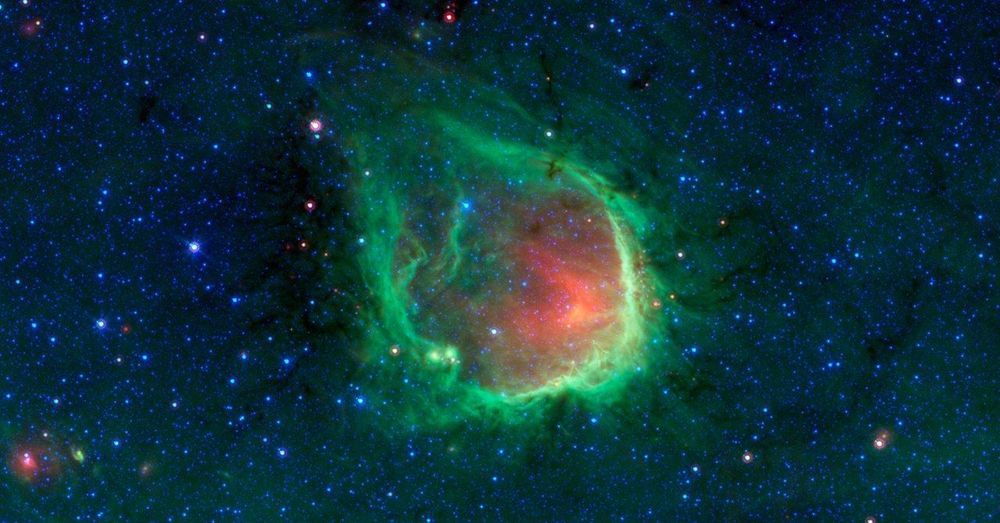

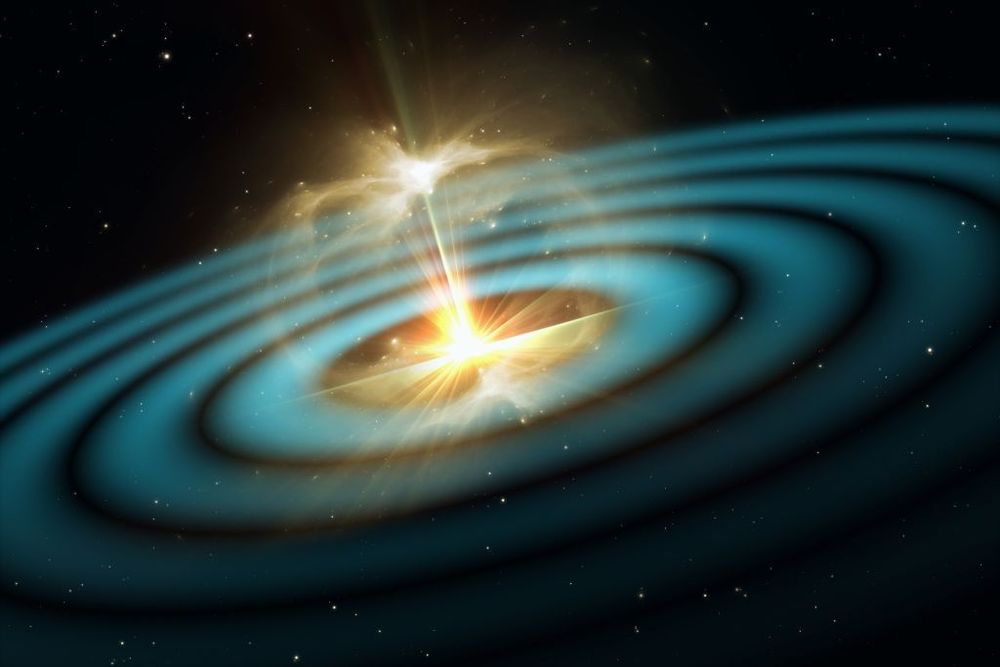
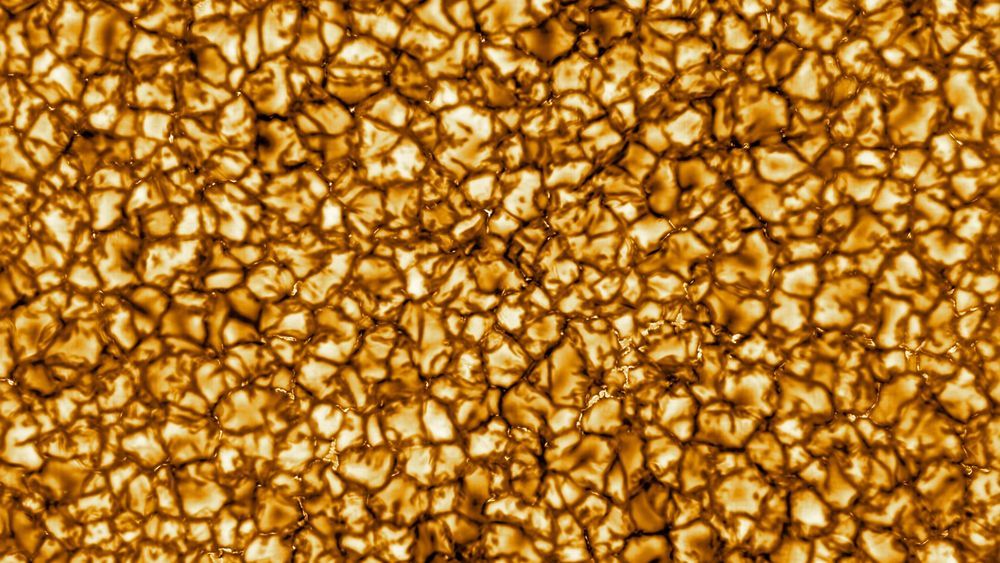
There’s a good reason why we need to take a closer look at the sun. When the solar atmosphere releases its magnetic energy, it results in explosive phenomena like solar flares that hurl ultra-energized particles through the solar system in all directions, including ours. This […] can wreak havoc on things like GPS and electrical grids. Learning more about solar activity could give us more notice of when hazardous space weather is due to hit.
You can see structures on the surface as small as 18.5 miles in size.
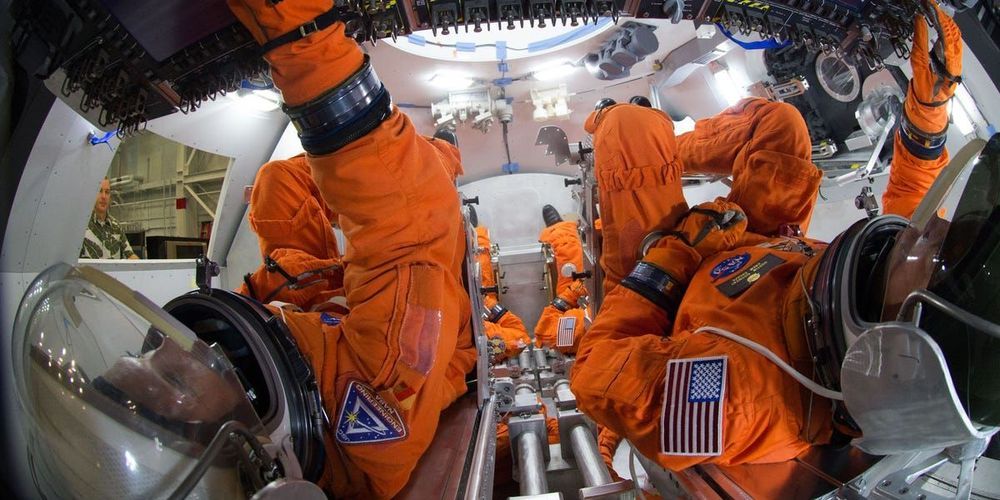
Astronauts make a lot of sacrifices when they venture off of Earth.
Besides the dangers of space travel and time away from family, microgravity comes with a whole new set of rules that dictates many facets of everyday life.

Taiwan has been the world’s hardware hub for decades, so the shift toward AI makes the most of the existing inexpensive engineering talent. A refocus on AI, however, reduces reliance on hardware, which can easily be made somewhere else, such as China, at lower costs. Multinational tech companies have already shown interest in tapping Taiwan’s talent in software, including AI.
To move things along further, the government of Hsinchu County, near Taipei, will open a 126,000-square-meter (about 1.3 million square feet) AI business park near one of Taiwan’s major all-purpose high-tech zones and two top universities.
“[The park] will not just help [promote] industry-academia cooperation, but also let AI-oriented startups and companies have a demo space to verify AI product services,” says Shirley Tsai, a research manager with IDC Taiwan’s enterprise solution group. “It will be helpful as well to attract the companies who are interested in the AI field and then accelerating the AI ecosystem.”
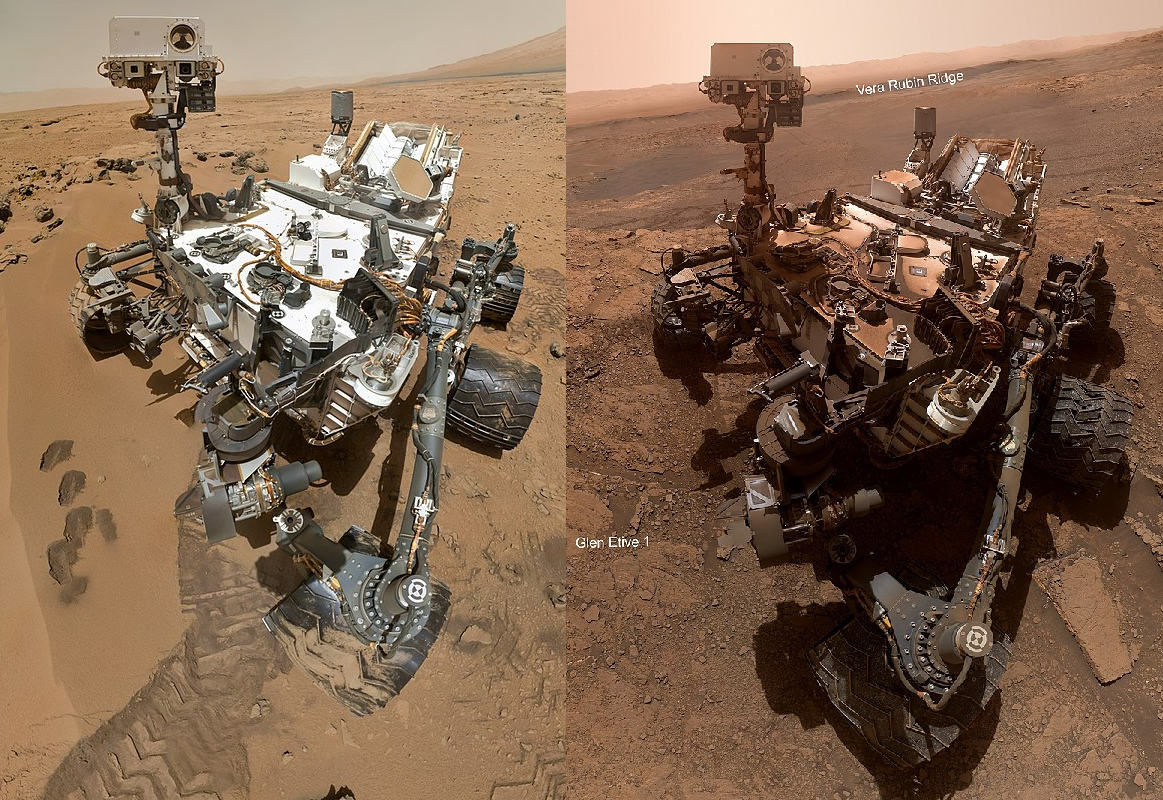
NASA has announced that they have selected Axiom Space, an American company headquartered in Houston, Texas, to design, build and launch three large pressurized modules and a large Earth observation window to the International Space Station (ISS).
This partnership between NASA and Axiom is issued under Appendix I of NASA Next Space Technologies for Exploration Partnerships 2 (NextSTEP-2) public-private partnership program witch the agency hopes will help stimulate commercial development of deep space exploration capabilities.
Appendix I of NextSTEP-2 was originally issued on June 7th 2019 and called for private companies to bid to develop habitable commercial modules, to be built and launched to the International Space Station, and then attached to the forward end of the station as part of NASA’s long term plan to open up the ISS to large amounts of commercial opportunities.
NASA is sharing information about its myco-architecture program, in which experimental fungus-based building technologies could be the feasible future of Mars habitats. “Science fiction often imagines our future on Mars and other planets as run by machines, with metallic cities and flying cars rising above dunes of red sand,” NASA says. “But the reality may be even stranger.”
The myco-architecture (myco is the prefix meaning “fungus”) NASA is excited about isn’t only a new way to make furniture, although it can do that, the agency says. Mushroom House—not its real name—is an integrated habitat with layers. The tough, complex fibers made by fungal mycelia are building blocks of furniture, interior walls, and the innermost layer of the outer shell.
Hubble welcomes the Year of the Rat with a view of its own favorite rodents, NGC 4676A and B, and highlights the planetary origins of the Chinese zodiac’s 12-year timetable.
For more information, visit https://nasa.gov/hubble.
Credit: NASA’s Goddard Space Flight Center Bradley A Hague (GSFC intern): Producer / Editor.
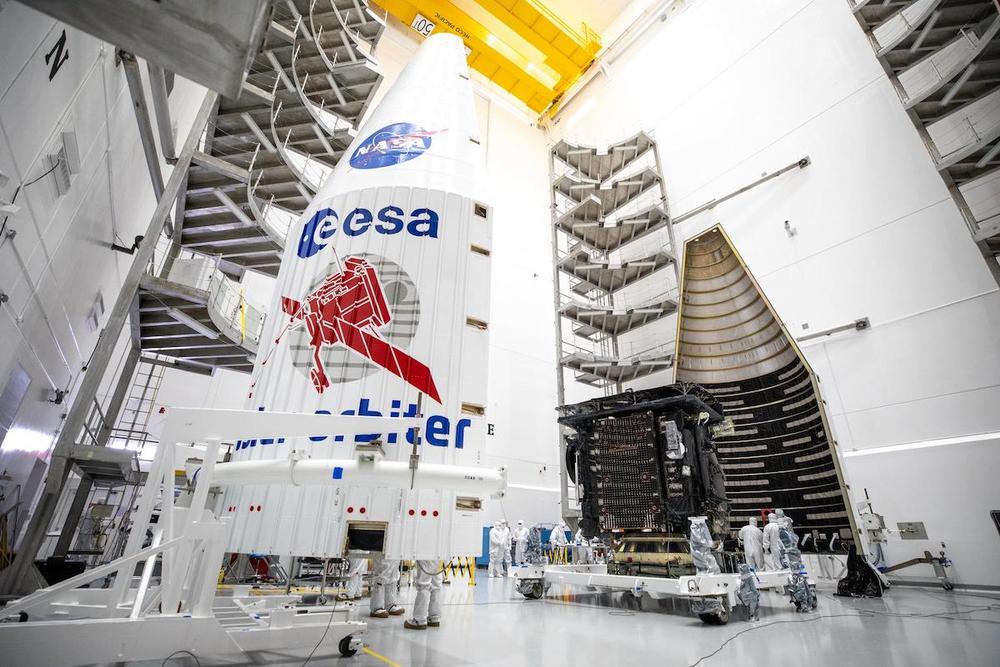
The Airbus-built Solar Orbiter spacecraft has been closed up inside the payload fairing of a United Launch Alliance Atlas 5 rocket in preparation for liftoff from Cape Canaveral in February on a joint mission between the European Space Agency and NASA.
Technicians inside the Astrotech payload processing facility encapsulated the Solar Orbiter spacecraft — designed with thermal shielding to protect against the heat of the sun — inside the Atlas 5’s payload fairing Jan. 20. The spacecraft inside the Atlas 5 rocket’s 4-meter-diameter (13.1-foot) aerodynamic nose shroud will soon travel to ULA’s Vertical Integration Facility, where crane will hoist the payload package atop the launcher.
Valued at nearly $1.7 billion, the Solar Orbiter mission will travel closer to the sun than Mercury, where it will join NASA’s Parker Solar Probe for tandem observations of the solar wind and giant solar eruptions that can affect communications and electrical grids on Earth, plus satellite operations.